Why Vertical Farms are Producing More Nutritious Crops
Agritecture Blog
MARCH 9, 2023
Vertical farming has taken cities by storm, enabling urbanites to grow produce within their own homes and entrepreneurs to meet the growing demand for fresher and higher quantities of locally-grown produce. But, how is this soilless farming technique impacting human health? The key here is the freshness of the crops.


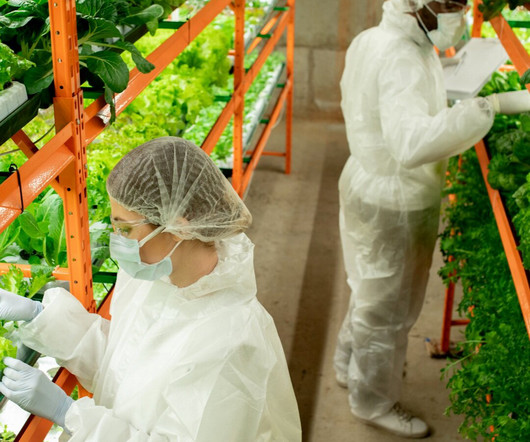


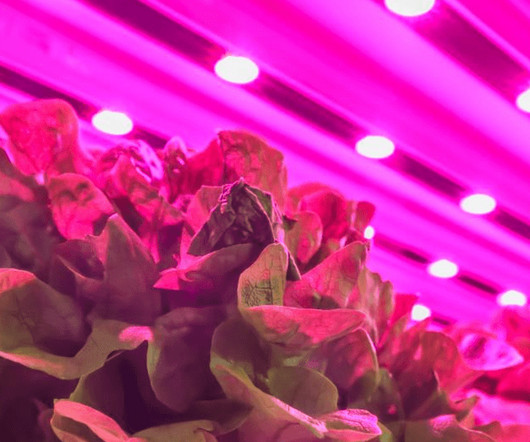



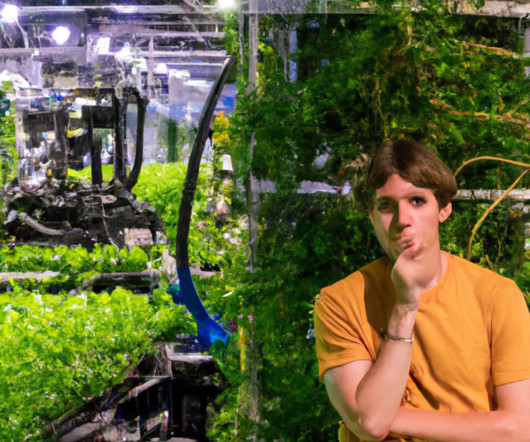


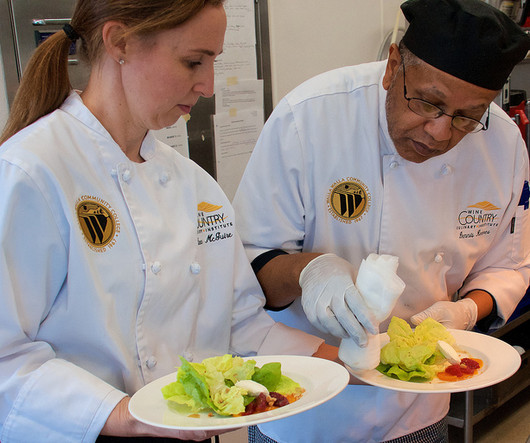


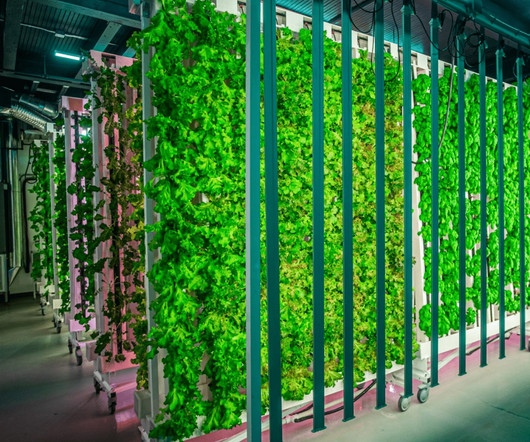
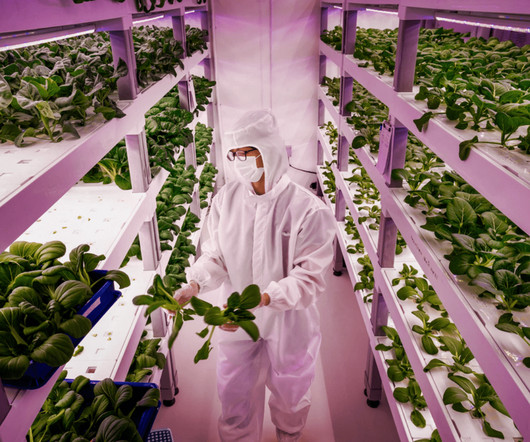
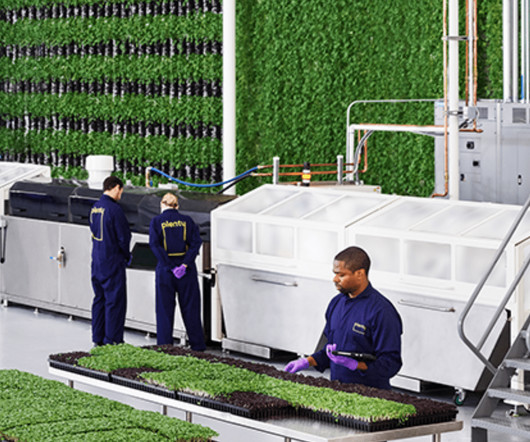


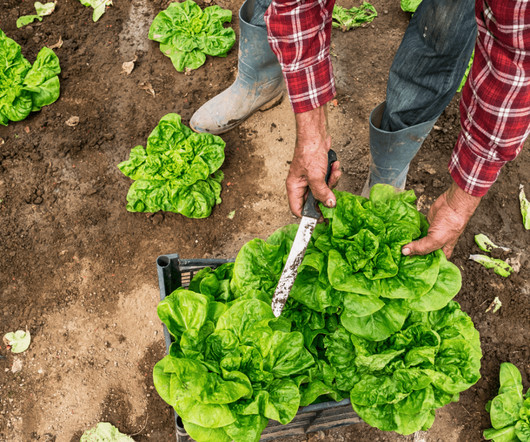
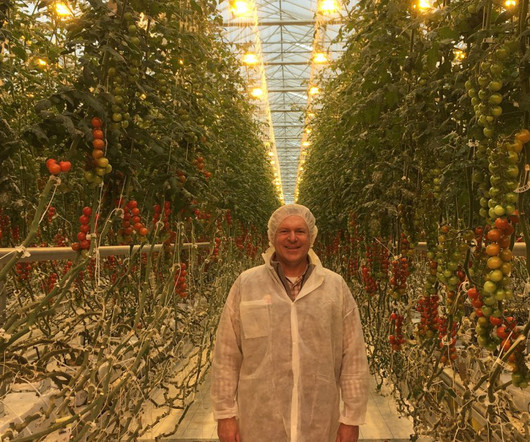





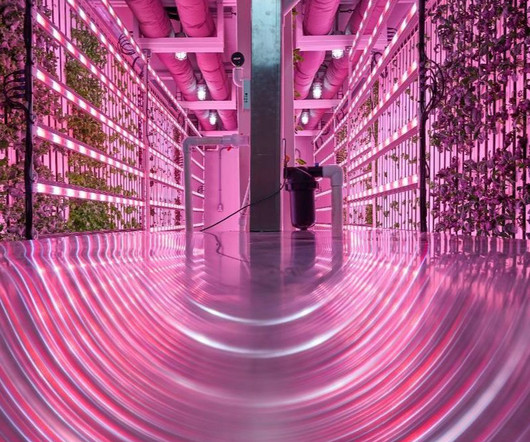

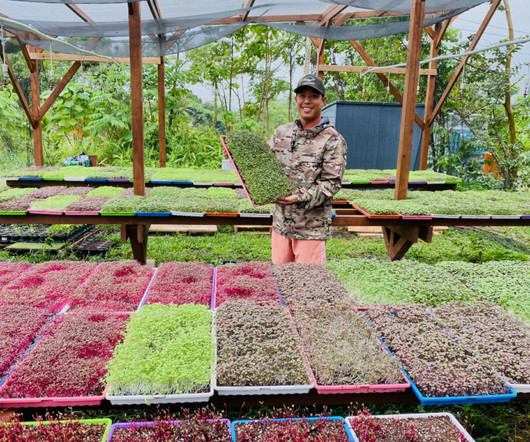







Let's personalize your content